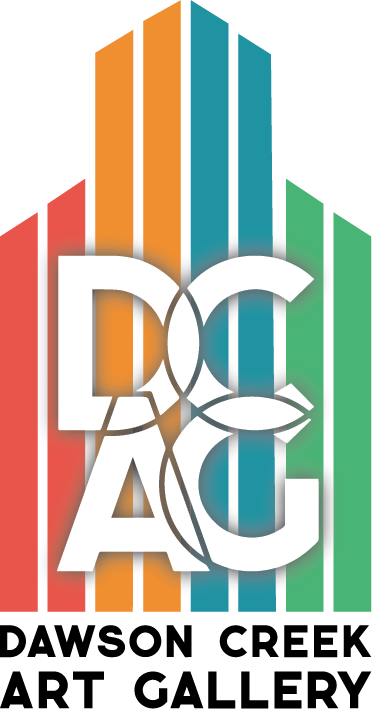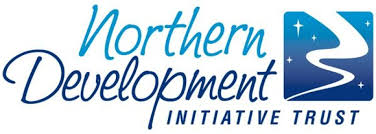By Haley Bassett, November 25th 2021
Hello, dear reader. This week, I will cover a big announcement from the BC Arts Council, as well as some ins and outs of the arts grant–writing system, and argue for stronger relationships between local governments and arts organizations for the betterment of the community.
On November 12th, the BC Arts Council announced its Arts Infrastructure Program, with awards up to $250,000, more than three times the usual amount made available through this program. The purpose of this funding is for arts organizations to acquire, construct, or renovate an arts space that will enhance the cultural capacity of the community. There are two other streams for funding as well, worth up to $25,000 for planning and research and $40,000 for acquiring specialized equipment. The deadline is 11:59 PM on January 14th, 2022. The BC Arts Council will host a virtual information session for communities and organizations in the Peace-Liard Region about this program at noon on December 2nd. This session will include insight on the AIP from Program Officers Erin Macklem and Sarah Todd, as well as a Q&A section.
This grant is a great opportunity that can make a major difference in the region. If successful, it could finance the new arts hub in Fort Saint John, a permanent gallery space in Chetwynd, or much needed renovations for the Dawson Creek Art Gallery. This is the second year in a row that BCAC has released funding through this program. However, it is unclear whether it will be offered again, so it is important to seize this opportunity now.
The BC Arts Council has been working to serve rural communities better in recent years, which is why the grant qualifications are slightly relaxed for northern communities. This grant may be up to 90 percent of the total budget for projects based in rural and remote areas with a small population. As an example, for applicant organizations based in Dawson Creek or Fort Saint John, only 10 percent of the budget needs to come from an additional source. Meaning $25,000 can become $250,000, which is a great investment. On the other hand, the grant can only make up to 75 percent of the project budget for organizations in communities that don’t qualify as rural or underserved.
These budget splits are often how arts funding works from granting bodies like the BC Arts Council, Canada Arts Council, First Peoples’ Cultural Council and Creative BC, although the funding component is not usually as high as 90 percent. Grant-based awards typically cover between 50 to 75 percent of a project total, which is still incredibly generous. Even with a 50 percent split, an applicant can double their project budget. The purpose of these splits is to show that the project is feasible, and has support from more than one source. This is something that arts administrators know well, as navigating this grant system is a large part of what they do. However, this point is often lost on local governments, who don’t have close working relationships with these funding sources.
The drawback with opportunities like the the AIP is that it often requires cooperation from municipal governments, who are slow to respond. Often arts spaces are publicly owned, but operated by a non-profit. For example, the Dawson Creek Art Gallery building is owned by the City of Dawson Creek, meaning that the gallery cannot go ahead with an application like this without the city’s support. Historically, the arts have been a blindspot for our local leaders, and this oversight is leaving money on the table, to the detriment of the community.
Understandably, at any given time there are many other pressing needs demanding the attention of local politicians—the pandemic, for example. The cultural revitalization of our communities slips lower down the priority list. However, this needn’t be the case. What is needed to allocate funds efficiently is simply an understanding that the arts and its funding system is a complex industry with many opportunities that require specific expertise and knowledge to capitalize on. This is why local governments need to work closely with arts organizations, and be more responsive to them, so that when opportunities like the Arts Infrastructure Program arise, both parties are prepared to make the best of them. That way, we can bet small and win big for the communities we serve.
Do you have an artistic endeavour you would like to promote? Is there a topic you would like me to discuss? I would love to hear from you! Please email me at programs@dcartgallery.ca.




